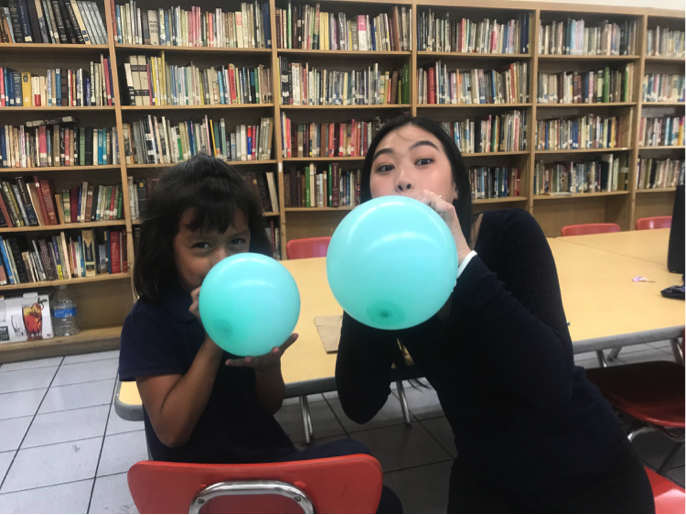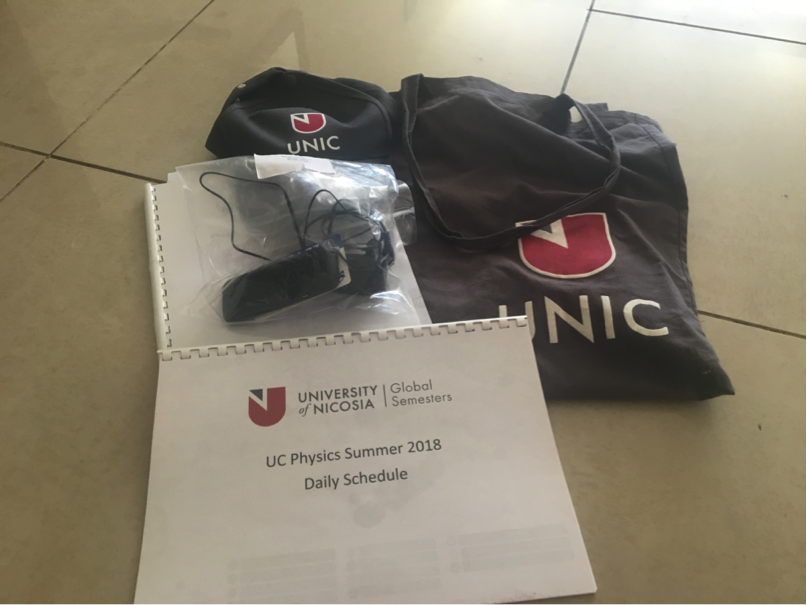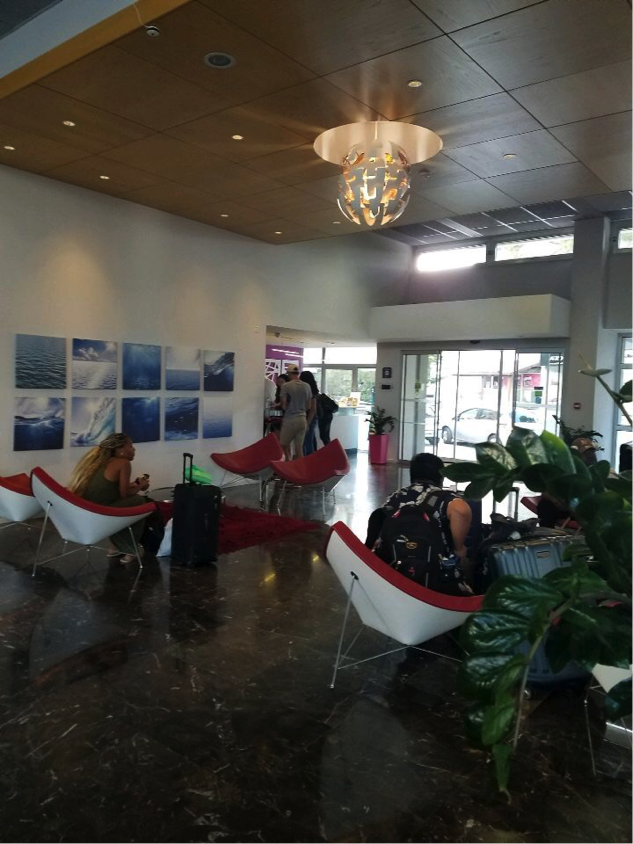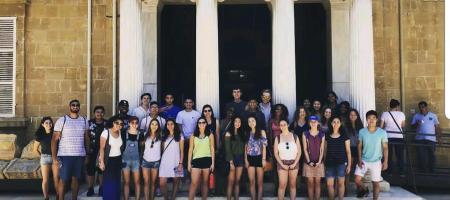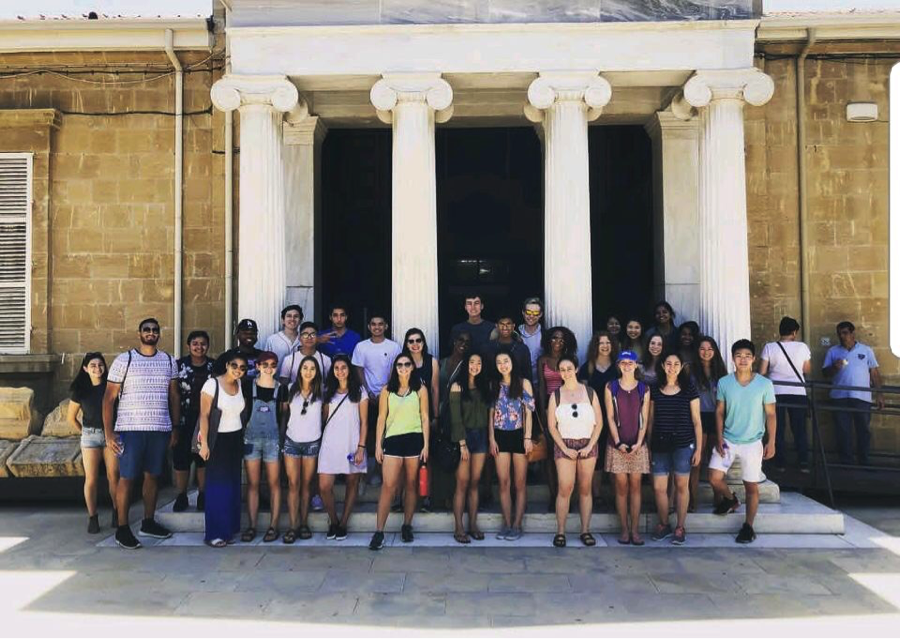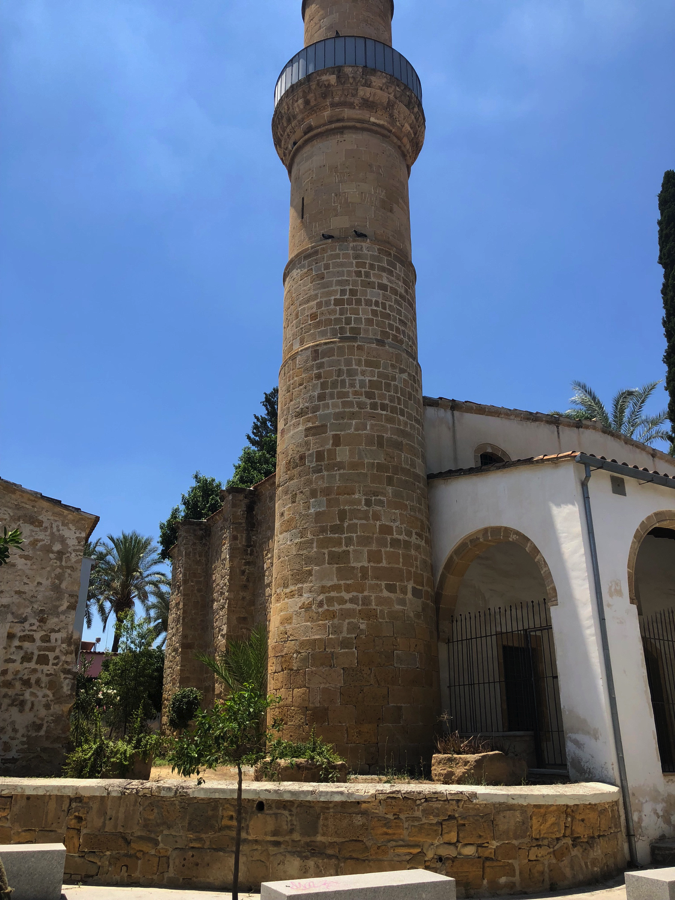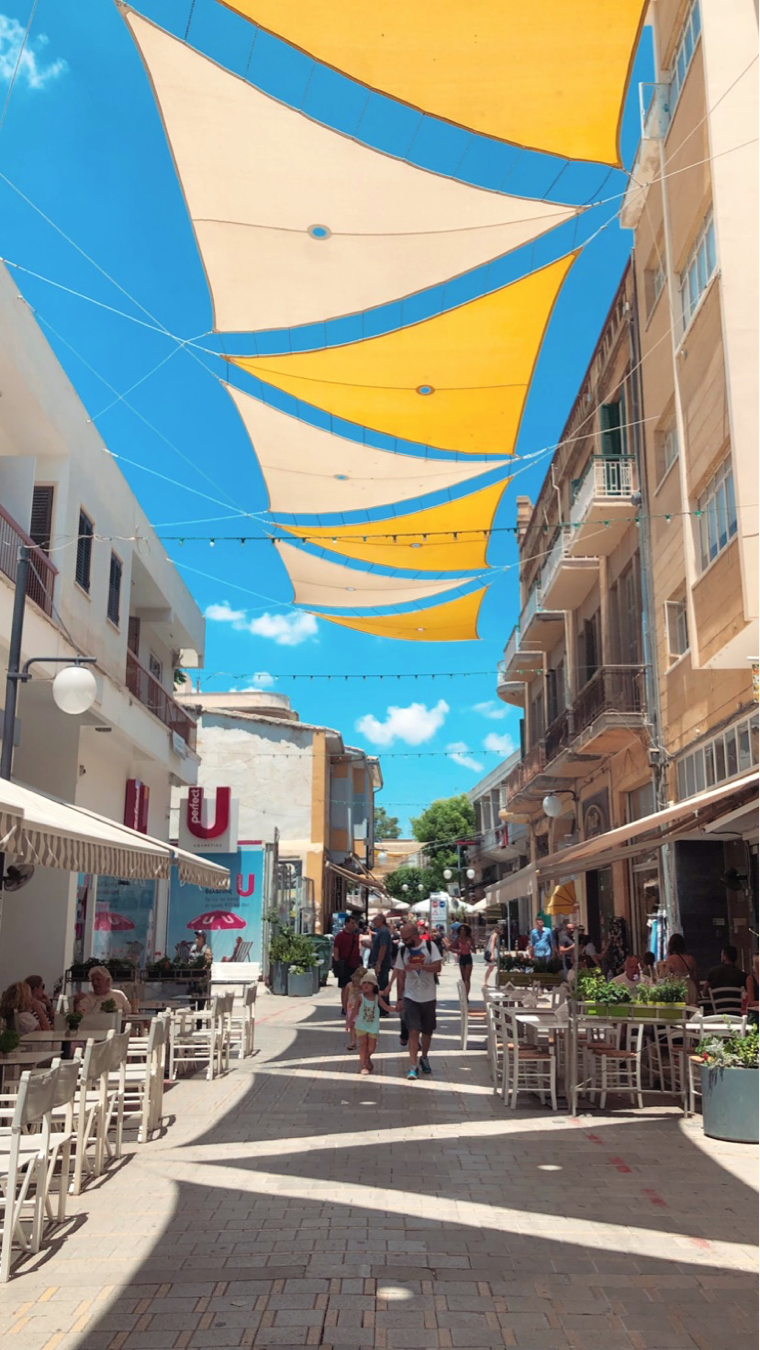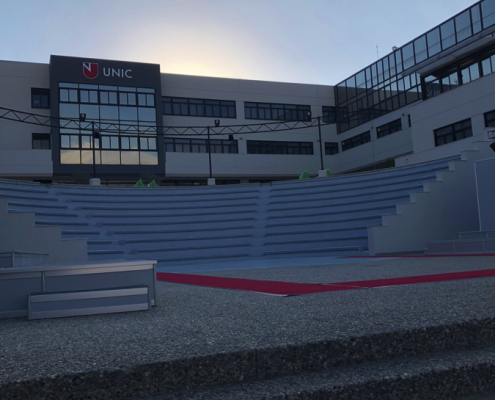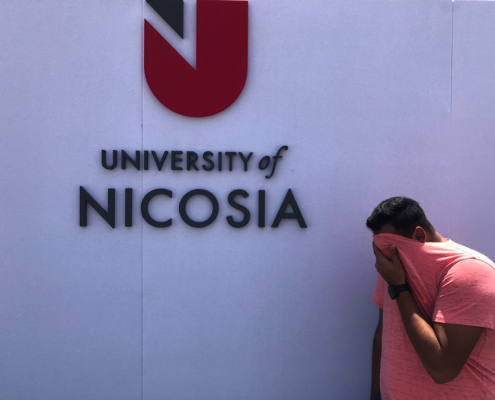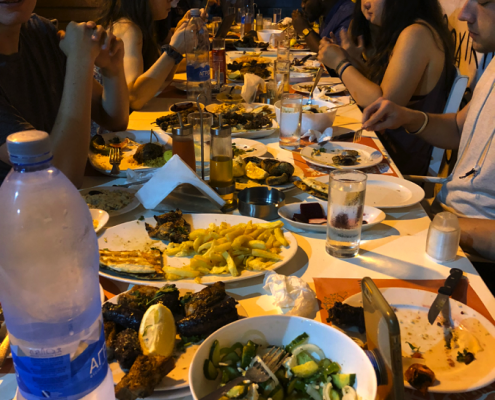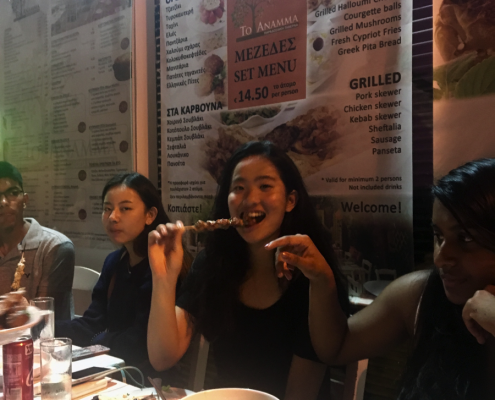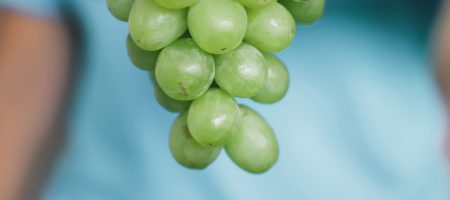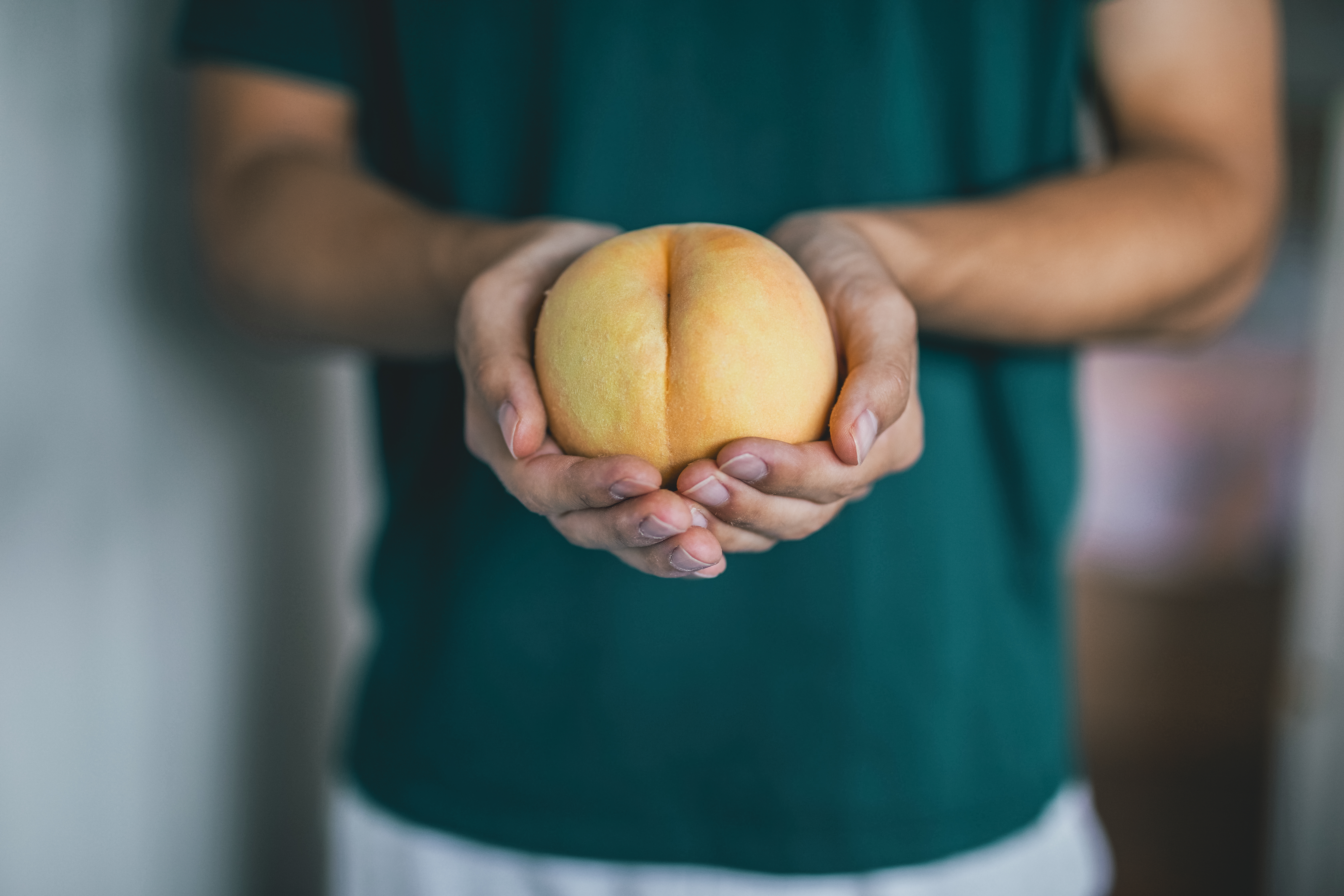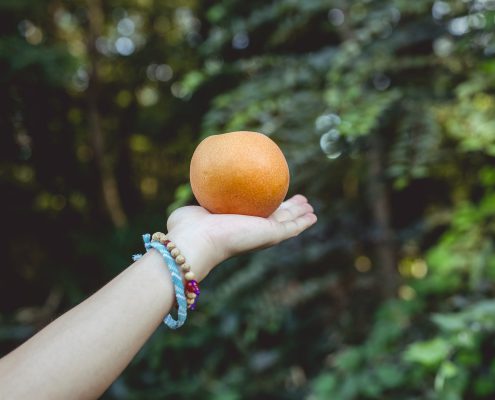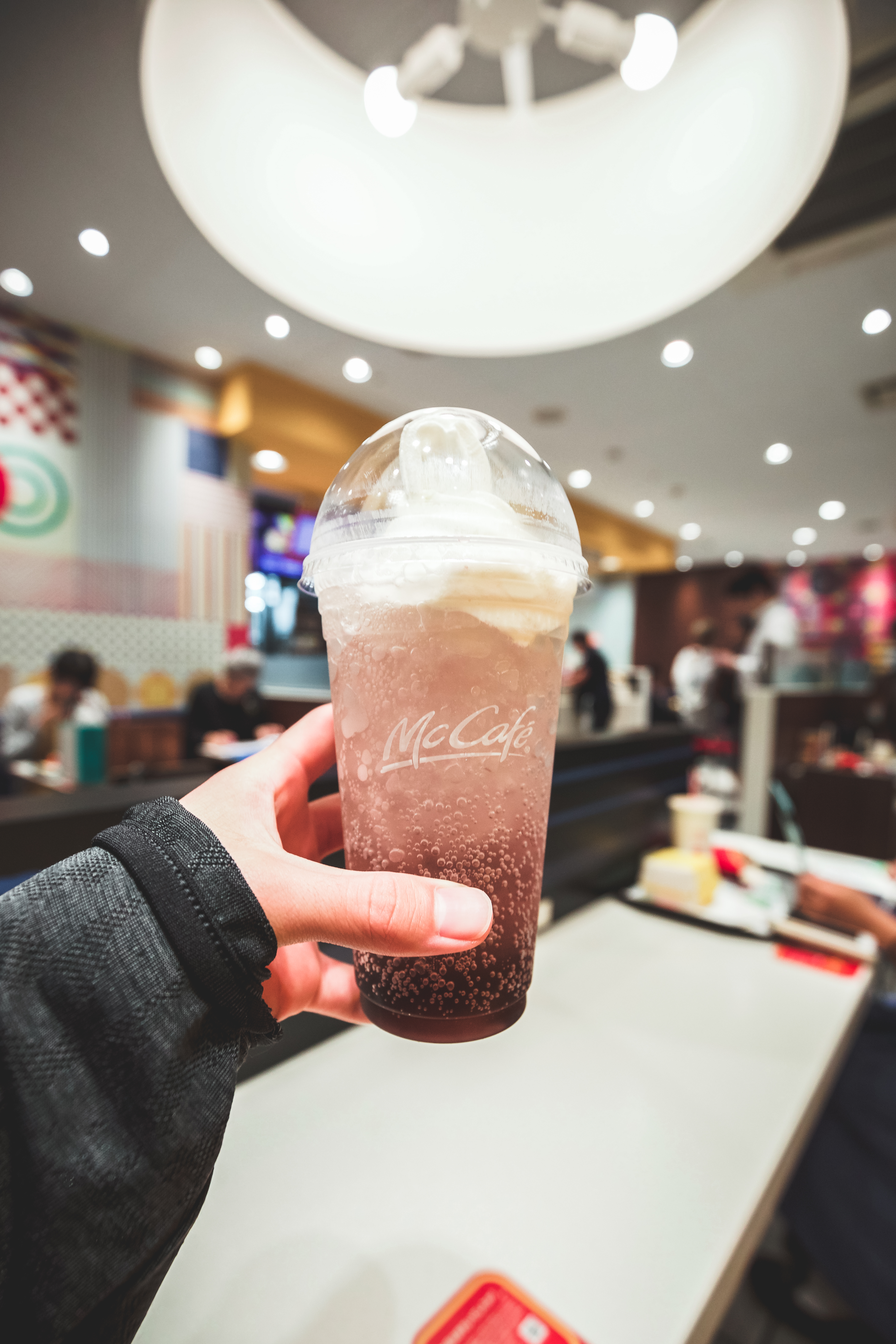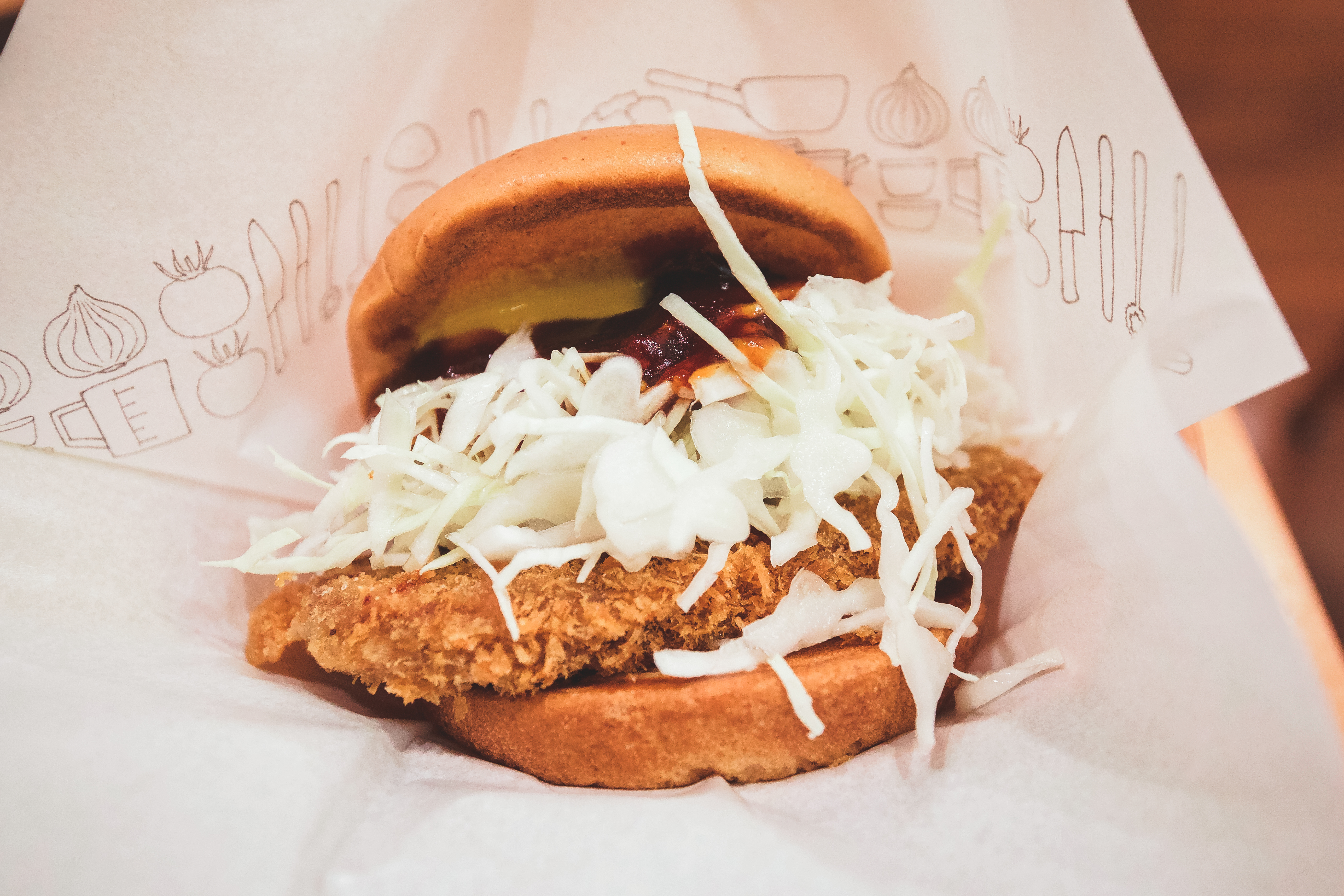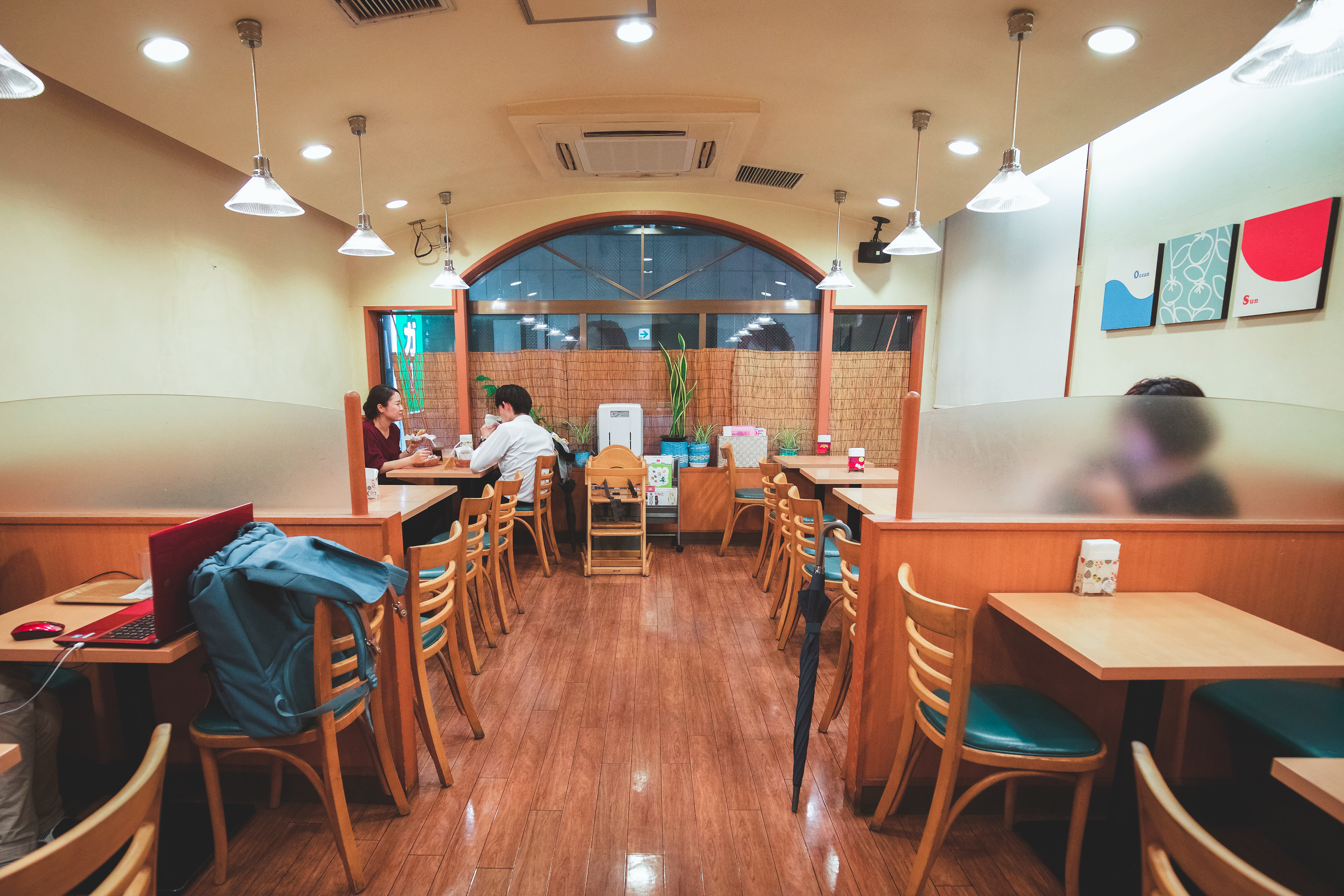Cyprus | Introduction, Information and Formalities !
By Arisa Dhiensiri
Hi and welcome to my study abroad blog! Through this platform I’m going to take you along with me during my summer in Cyprus. However I thought it would be nice to go through some introductions and information on the program beforehand. My name is Arisa and I’m about to start my third year at UCLA as a Molecular, Cell, and Developmental Biology major and a Global Health Minor. At UCLA I’ve been so lucky to find my home in organizations like Bruins Fighting Pediatric Cancer and Project Literacy, and I’m so excited to continue the Bruin experience outside of Westwood.
I just arrived in my hotel at Nicosia, Cyprus, and am really looking forward to settling in. I landed at the Larnaca International Airport, which is about an hour away from the hotel. Global Semesters, the program coordinators, arranged a group pick up from the airport at 6:00 pm, but since my flight came in after the pick up time they set me up with an individual taxi. En route to the hotel my taxi driver gave me a University of Nicosia Global Semesters bag filled with Cyprus brochures, a cell phone, and the daily schedule for the program.
Through this program I’m going to be fulfilling my yearlong physics requirement, and finally completing all my lower division courses. This program was designed by UCEAP in coordination with the University of Nicosia in Cyprus, to fit an entire year of introductory physics into 8 weeks. We have Lectures every Monday, Wednesday, and Thursday, and then Labs on Tuesdays and Thursdays. While cramming such a sheer amount of physics into a small window of time seems daunting and absolutely insane, I’m looking forward to never having to do physics again after this summer.
Cyprus is a small island in the Mediterranean with a steep cultural history. It’s said to be the birthplace of Aphrodite, the Greek Goddess of Love. It’s rumored that she washed up on the shores after being born from the foams of the Mediterranean Sea. During my eight weeks I’ll mostly be located within the capital, Nicosia, which is inland. Nicosia is the largest city on the island and like the rest of Cyprus it’s divided into a Turkey Cypriot side and a Greek Cypriot side. The program has been set up so that on the weekends we’ll be taking trips to beach towns like Paphos and Ayia Napa, and other areas like Troodos Village, to truly get acquainted with the island.
For the first two weeks of the program I’ll be staying at the Altius Hotel in Nicosia. The university apartments are currently getting renovated so we’ll be moving into the apartments later on. Global Semesters, the program coordinators, have scheduled a bus to take us from the hotel to class every day until we relocate to the apartments.



